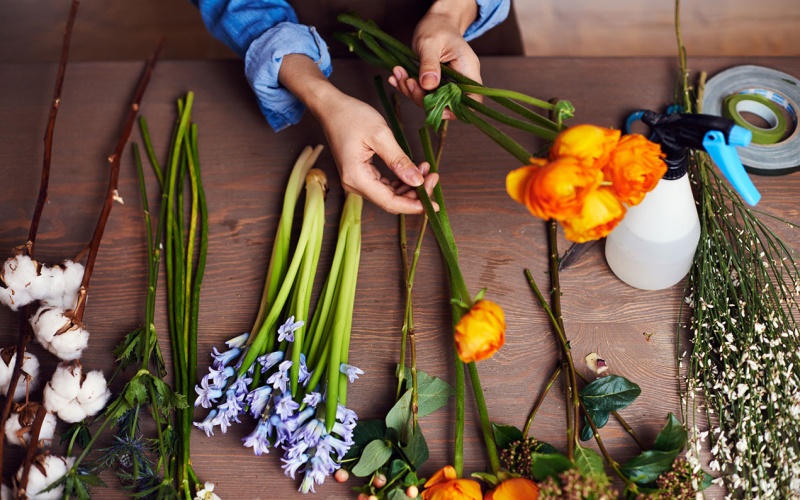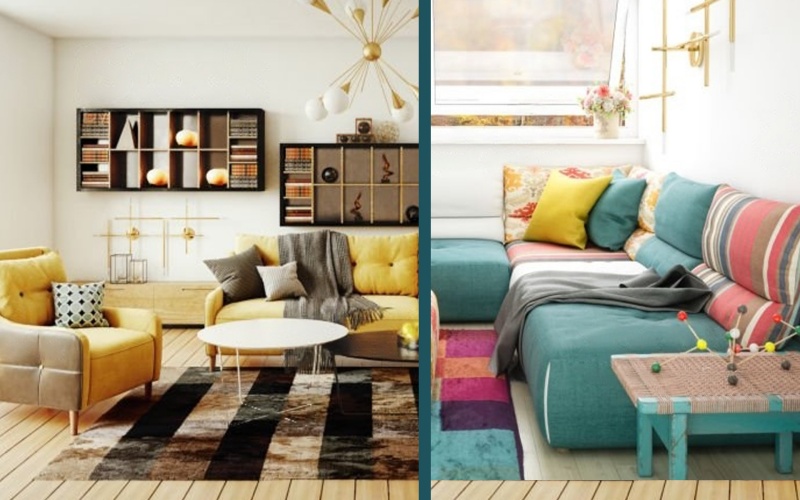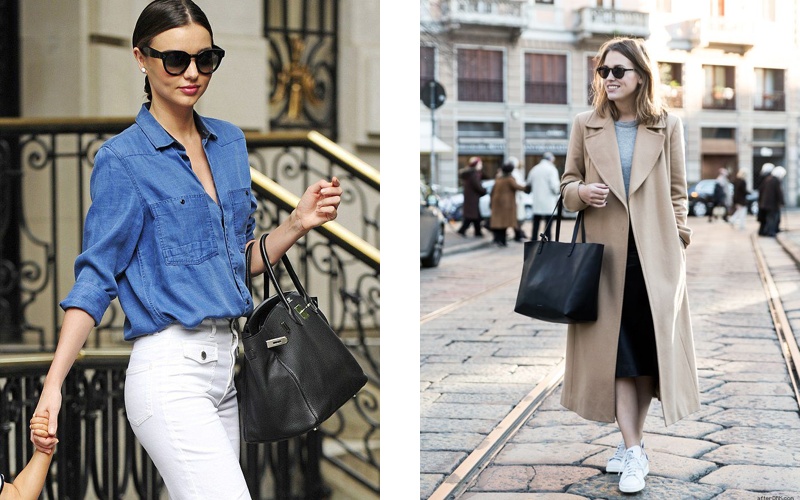One of the key elements in arrangement is balance. Achieving balance involves distributing visual weight evenly across a space. This can be symmetrical, where elements are mirrored on either side, or asymmetrical, where different elements are arranged to create a sense of equilibrium. For example, in a living room, placing a large sofa opposite a pair of armchairs can create a balanced look, while varying the sizes of decor items on a shelf can maintain interest without overwhelming the eye.
Another important consideration is focal points. Every arrangement should have a central element that draws attention. This could be a striking piece of art, a beautiful piece of furniture, or even a decorative arrangement of flowers. By establishing a focal point, you guide the viewer’s gaze and create a sense of purpose within the space. Surrounding this focal point with complementary elements can enhance its impact and create a cohesive look.
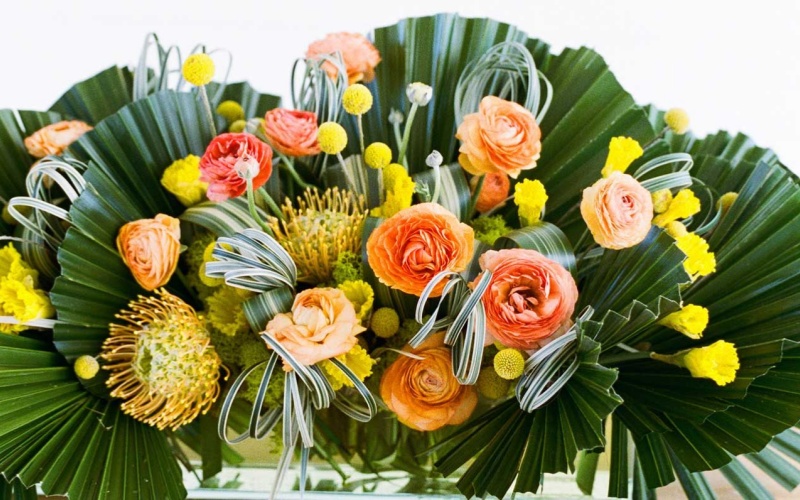
Flow is also crucial in arrangement. Ensuring that there is a natural path for movement within a space can make it feel more comfortable and functional. In a dining area, for instance, arranging the table and chairs to allow easy access can enhance the dining experience. Similarly, in a living room, positioning furniture to facilitate conversation can create a welcoming atmosphere. Consider how people will move through the space and arrange elements to support that flow.
Color and texture play a vital role in arrangement as well. Using a cohesive color palette can tie different elements together, creating a unified look. Incorporating various textures can add depth and interest, making the arrangement visually appealing. For example, mixing soft fabrics with hard surfaces or combining smooth and rough textures can create a dynamic and engaging environment.
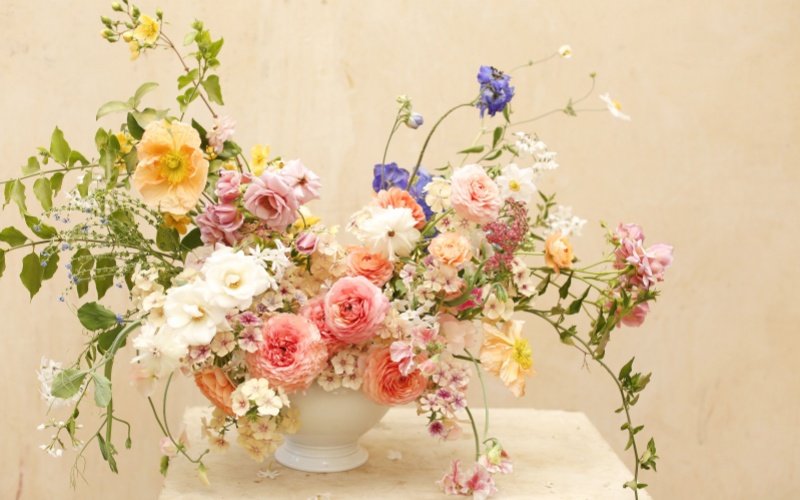
Personal touches can elevate any arrangement. Incorporating items that reflect your personality, such as photographs, travel souvenirs, or handmade crafts, can make a space feel uniquely yours. These personal elements not only enhance the aesthetic but also create an emotional connection to the space. By thoughtfully considering balance, focal points, flow, color, texture, and personal touches, you can master the art of arrangement, transforming any area into a harmonious and inviting environment.

